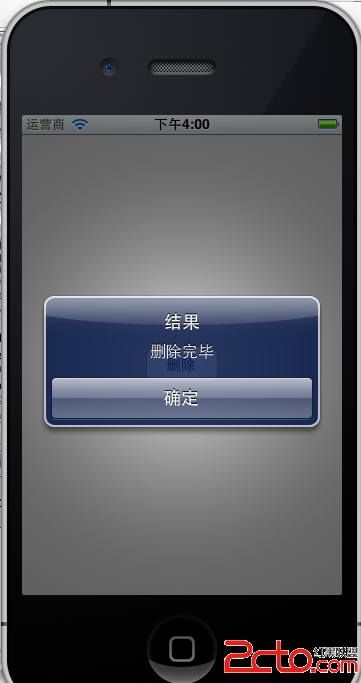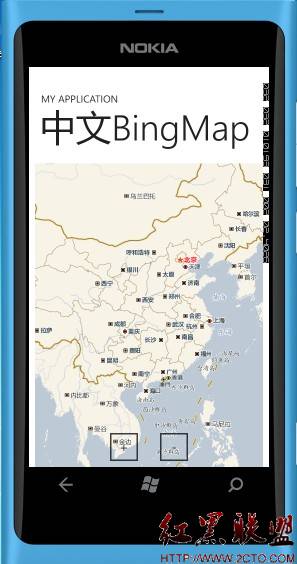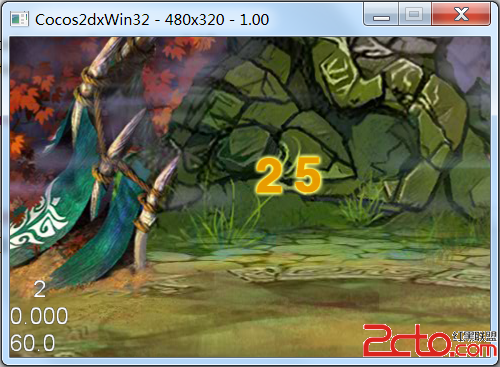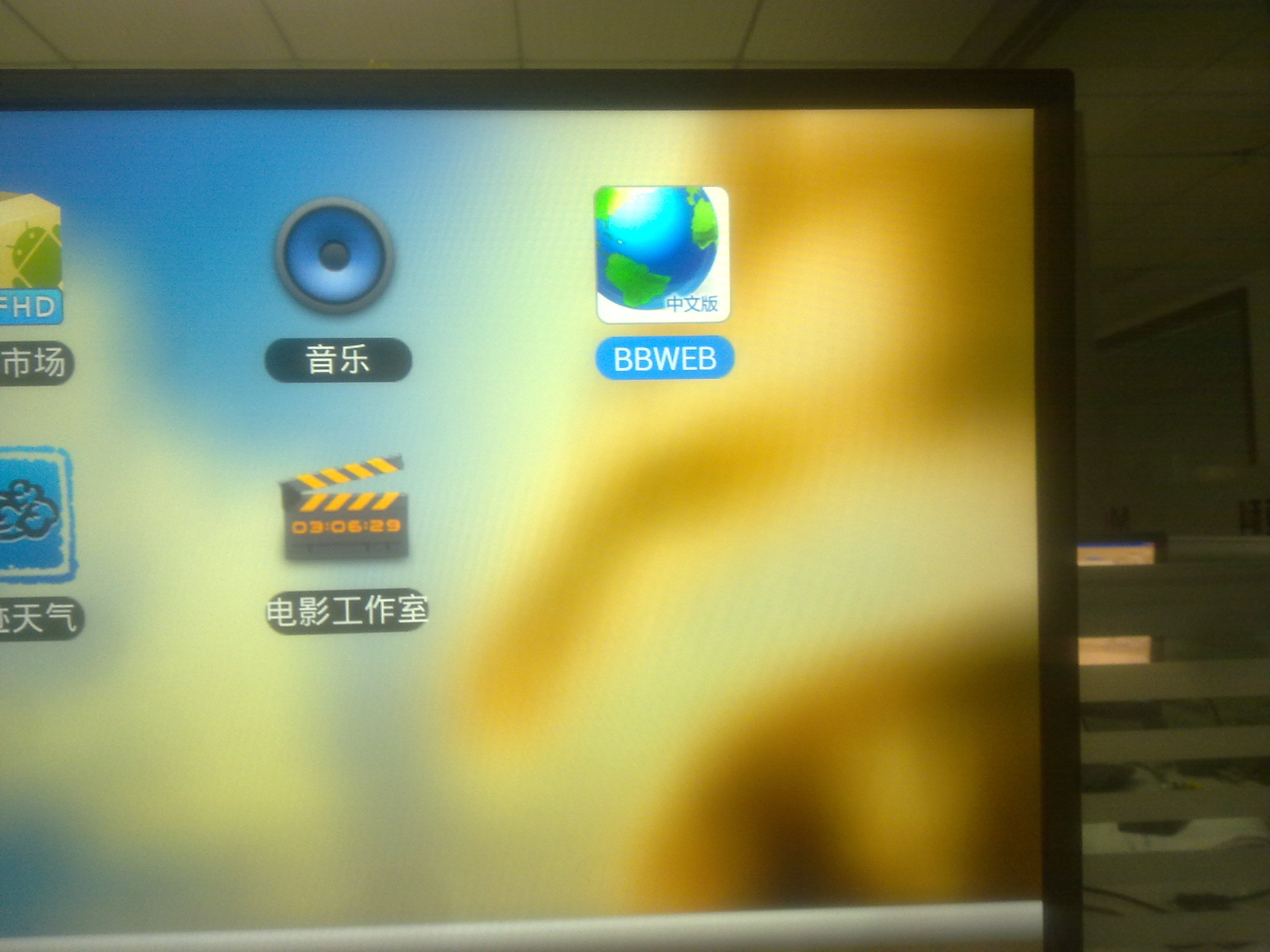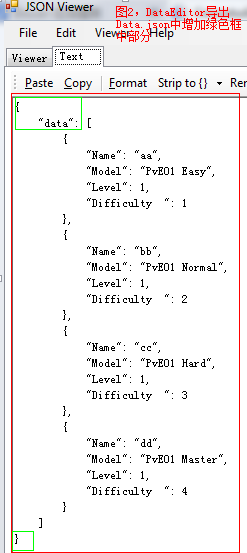iOS学习笔记22—ASIHTTPRequest和ASIDownloadCache实现本地缓存
为了节约流量,同时也是为了更好的用户体验,目前很多应用都使用本地缓存机制,其中以网易新闻的缓存功能最为出色。我自己的应用也想加入本地缓存的功能,于是我从网上查阅了相关的资料,发现总体上说有两种方法。一种是自己写缓存的处理,一种是采用ASIHTTPRequest中的ASIDownloadCache。根据我目前的技术水平和时间花费,我果断选择了后者,事实证明效果也很不错。下面说一下实现方法:
1、设置全局的Cache
在AppDelegate.h中添加一个全局变量
@inte易做图ce AppDelegate : UIResponder <UIApplicationDelegate> {
ASIDownloadCache *myCache;
}
@property (strong, nonatomic) UIWindow *window;
@property (nonatomic,retain) ASIDownloadCache *myCache;
在AppDelegate.m中的- (BOOL)application:(UIApplication *)application didFinishLaunchingWithOptions:(NSDictionary *)launchOptions方法中添加如下代码
//自定义缓存
ASIDownloadCache *cache = [[ASIDownloadCache alloc] init];
self.myCache = cache;
[cache release];
//设置缓存路径
NSArray *paths = NSSearchPathForDirectoriesInDomains(NSDocumentDirectory, NSUserDomainMask, YES);
NSString *documentDirectory = [paths objectAtIndex:0];
[self.myCache setStoragePath:[documentDirectory stringByAppendingPathComponent:@"resource"]];
ASIOnlyLoadIfNotCachedCachePolicy : / /如果缓存的数据存在,则使用它,即使它是陈旧的。这意味着请求不会跟服务器除非资源他们要求不是在缓存中
[self.myCache setDefaultCachePolicy:ASIOnlyLoadIfNotCachedCachePolicy];
在AppDelegate.m中的dealloc方法中添加如下语句
[myCache release];
到这里为止,就完成了全局变量的声明。
2、设置缓存策略
在实现ASIHTTPRequest请求的地方设置request的存储方式,代码如下
NSString *str = @"http://....../getPictureNews.aspx";
NSURL *url = [NSURL URLWithString:str];
ASIHTTPRequest *request = [ASIHTTPRequest requestWithURL:url];
//获取全局变量
AppDelegate *appDelegate = [[UIApplication sharedApplication] delegate];
//设置缓存方式
[request setDownloadCache:appDelegate.myCache];
//设置缓存数据存储策略,这里采取的是如果无更新或无法联网就读取缓存数据
[request setCacheStoragePolicy:ASICachePermanentlyCacheStoragePolicy];
request.delegate = self;
[request startAsynchronous];
3、清理缓存数据
我在这里采用的是手动清理数据的方式,在适当的地方添加如下代码,我将清理缓存放在了应用的设置模块:
AppDelegate *appDelegate = [[UIApplication sharedApplication] delegate];
[appDelegate.myCache clearCachedResponsesForStoragePolicy:ASICachePermanentlyCacheStoragePolicy];
这里清理的是ASICachePermanentlyCacheStoragePolicy这种存储策略的缓存数据,如果更换其他的参数的话,即可清理对应存储策略的缓存数据。
补充:移动开发 , IOS ,